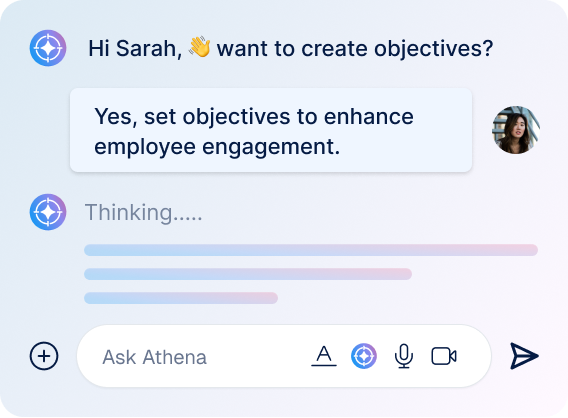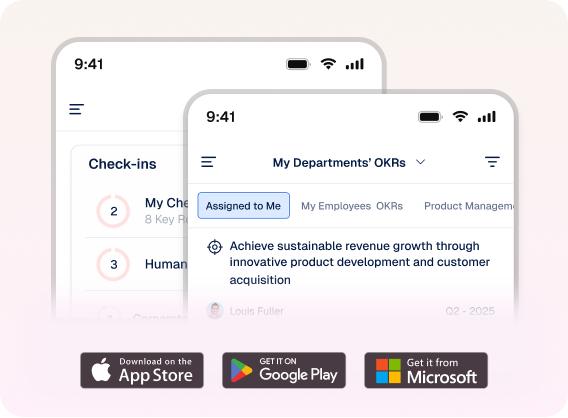When you think of a Customer Success Manager (CSM), what comes to mind? Someone who’s there to handle escalations and solve problems? Sure, that’s part of it, but a CSM is much more. They’re your customer’s guide, advocate, and problem-solver, helping build long-term, meaningful relationships that go beyond just “fixing issues.”
Now, let’s explore deeper into the heart of what CSMs do and how they drive success through four key pillars of customer success. Before we go any further
Who is a Customer Success Manager?
Think of a CSM as a relationship expert for businesses. They build rapport with customers, understand their needs, and ensure they are getting maximum value from the product. From the moment a customer signs on to the product to the time they become loyal advocates, CSMs are there to make sure the entire journey is smooth, beneficial, and filled with opportunities for growth.
But how does a CSM manage all of this?
- Through the Customer Success Life Cycle, which consists of four key stages: Onboarding and Adoption, Retention, Expansion, and Advocacy.
- At Profit.co, our approach is built around 4 core pillars that help customers not only see value but feel it.
- And what better way to explain them than through some short and powerful stories that you’ll never forget?

1. Onboarding & Adoption – The Flight Takeoff / Restaurant Menu Moment
Onboarding is the beginning of every great relationship. Whether it’s boarding a flight or sitting at a new restaurant, that first impression sets the tone. Imagine logging into a platform with no guide, no clarity, no direction. It’s like sitting down with no menu and no waiter. A CSM ensures customers have all the tools, resources, and guidance they need to get started successfully. This is where the groundwork for a long-lasting relationship is laid.
At Profit.co, we don’t just set up accounts we guide takeoffs:
- Interactive training
- Personalized walkthroughs
- Clear documentation
- A dedicated Success team
Our job? Be your friendly flight crew and your helpful dining room manager. The CSM’s job is to make the transition from “newbie” to “pro” as smooth as possible. And onboarding is where that transition begins.
2. Retention – The Netflix Effect
Now that the customer is onboarded, what happens next? A CSM works diligently to ensure that customers remain satisfied with the product and continue to use it. Retention is the lifeblood of customer success, and CSMs are the heart that pumps it.
For example, you started Netflix for that one show. But why are you still subscribed?
Because it knows you. It evolves with you. It adds value every single time. Retention isn’t about contracts. It’s about earning loyalty every day.
CSMs help customers stay engaged and satisfied. This is where the long-term relationship is nurtured. It’s not just about solving problems when they arise; it’s abot building a bond that keeps the customer coming back.
Let’s build something valuable, together.
At Profit.co, we create lasting experiences.
- Monitor usage patterns
- Proactively check in before issues arise
- Solve pain points fast
- Help customers win in new ways
“Retention is not a checkbox. It’s a feeling, ‘They get me.’”
3. Expansion – The Extra Cheese on the Pizza
As customers settle in, the opportunity to expand the relationship arises. This is where CSMs identify opportunities to upsell or cross-sell, offering relevant features, solutions, or even new products that can help the customer succeed further.
We’re not Competitor Obsessed, we’re Customer Obsessed.
You order your regular Margherita. Next time, you add cheese. Then olives. Maybe some garlic bread. That’s expansion. It only happens when the core experience is delightful.
At Profit.co, we offer the right solutions at the right time
- We listen first
- Understand where the customer is headed
- Recommend value-driven add-ons, not to sell more, but to help better
Example: A client using just OKRs saw value and asked, “What else can we do here?” Boom, Performance Management and Task Management followed.
“Expansion isn’t selling more. It’s helping better.” Right toppings = deeper satisfaction. And we grow together.
4. Advocacy – The Apple Effect
Now comes the fun part, when your customers love your product so much that they want to tell the world. Advocacy is the ultimate sign of customer success. A happy customer is more likely to provide testimonials, refer others, and become an advocate for your brand.
Let’s talk about my 15-year-old nephew, Instagram addicts. We had multiple smartphones at home, but they only used the iPhone for photos. Why? Because iPhone = better photo = more likes. No marketing. Just a belief. That’s real advocacy.
It’s when customers:
- Leave glowing reviews on Gartner/G2/Capterra
- Join webinars
- Participate in case studies
- Recommend you without being asked
At Profit.co, we earn advocacy by:
- Delivering memorable value
- Building real relationships (Building genuine partnerships, not just vendor relationships)
- Celebrating customer wins publicly
“If customers trust the experience, they become your loudest voice in the room.”
How Do These Pillars Work Together?
The beauty of the Customer Success Life Cycle lies in its fluidity. These four pillars aren’t standalone tasks; they’re interconnected. The work done during onboarding sets the stage for retention, which paves the way for expansion and ultimately leads to customer advocacy.
Each pillar contributes to a holistic, ongoing relationship, ensuring customers stay happy, engaged, and loyal for years to come.
Final Thoughts: This Is the Customer Success Journey
Whether it’s the onboarding flight, Netflix-style retention, delicious expansion, or Apple-grade advocacy, It all comes down to value, trust, and experience. So…
Are you excited to experience a great Customer Success journey?
Related Articles
-
How the Say-Do Ratio Helps Measure Commitment in Agile Teams
Agile teams live on a steady diet of promises and proof. At sprint planning the promise is made, and at... Read more
-
Why focusing on HRIS performance alone hurts the business
For years, people thought that performance management was an HR job, with forms, ratings, and systems made to make sure... Read more
-
How Does Your Say–Do Ratio Change Across Different Work Environments?
We've all worked with that person. On Tuesday, they promise to look over your proposal by the end of the... Read more
-
Why the Say-Do Ratio of Your Team Is More Important Than You Think
The say-do ratio of your team, or how well people follow through on what they say, is the best indicator... Read more





